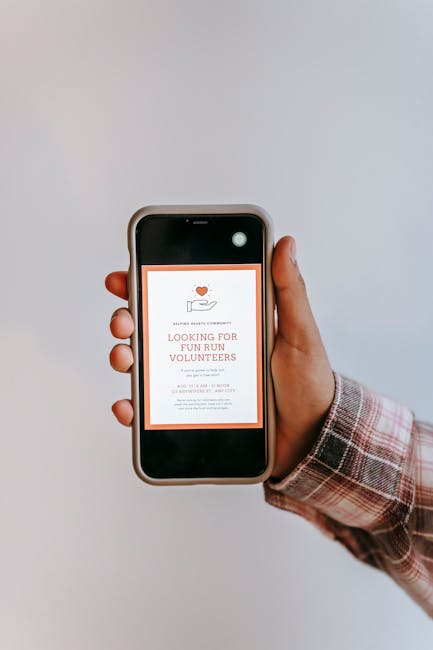
How Phones Are Changing Music Festivals
How Phones Are Changing Music Festivals
The Digital Lens Between Us and the Stage
Gone are the days when music festivals were purely about losing yourself in the moment—eyes closed, hands in the air, surrounded by a sea of strangers united by sound. Today, the experience is often mediated by the glow of smartphone screens, held aloft like digital lighters. While some lament the shift, others embrace it as an inevitable evolution of live music culture.
Phones have transformed festivals into highly documented events, where every guitar solo, pyrotechnic explosion, or crowd-surfing moment is captured, shared, and relived. For many, recording snippets of performances is a way to hold onto the magic long after the stages are dismantled. Yet, this constant documentation raises questions: Are we truly present when our focus is split between the artist and our screens?
The Rise of the Virtual Audience
Smartphones have also expanded the reach of festivals beyond physical venues. Live streams, Instagram stories, and TikTok clips allow those who couldn’t attend to experience the event in real time. This digital extension has reshaped festival marketing, with organizers now designing stages and performances to be “Instagrammable”—vibrant backdrops, interactive art installations, and surprise guest appearances all optimized for shareability.
Artists, too, have adapted. Some encourage fan recordings, knowing that viral moments can amplify their reach. Others, however, impose strict no-phone policies, urging audiences to reconnect with the raw, unfiltered energy of live music.
A Double-Edged Experience
There’s no denying that phones have democratized festival experiences, making them more accessible and interactive. Apps provide real-time schedules, maps, and even augmented reality features to enhance navigation and engagement. Social media connects fans before, during, and after the event, fostering global communities around shared musical passions.
Yet, the downside is palpable. The sea of screens can disrupt sightlines, and the pressure to capture the “perfect” moment sometimes overshadows the joy of simply being there. Some festivals have experimented with solutions, like designated phone-free zones or locking pouches, attempting to strike a balance between digital and analog enjoyment.
The Future: Harmonizing Tech and Tradition
As festivals evolve, the challenge lies in integrating technology without sacrificing the visceral thrill of live music. Perhaps the answer isn’t to reject phones entirely but to redefine their role—using them as tools for connection rather than barriers to immersion.
After all, the heart of a music festival remains the same: the collective euphoria of thousands of people, moved by the same rhythm. Whether through a screen or with eyes wide open, that magic endures—it just looks a little different now.







